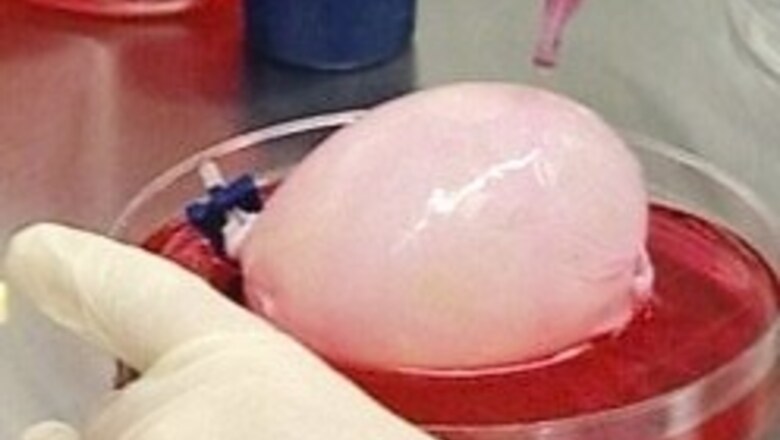
views
New York: In a major breakthrough, doctors have successfully "rebuilt" bladders using live tissue grown in the laboratory in seven young patients, brightening the prospects of regenerating vital organs.
The success of procedure, which was performed on children born with birth defects that resulted in damaged bladders was reported by Anthony Atala, the director of the Institute for Regenerative Medicine at Wake Forest University, US, in the latest issue of the medical journal The Lancet.
Atala and his team of researchers first removed a portion of the children's damaged bladders and singled out cells that turn into muscle cells and epithelial cells, or cells that line the bladder wall.
These groups of cells the scientist say are then grown in a laboratory culture to make enough cells to mould onto "scaffold" of biodegradable material that resembles the size and thickness of a normal bladder sac.
It takes about eight weeks to grow enough cells to layer over the scaffold. Once ready, the new bladder is stitched to the patient's old bladder, and the scaffold basically melts away, leaving behind a bladder that, while not perfect, works well than what the patients were born with.
Brian Sender, chief financial officer of the biotechnology firm Tengion said his firm is developing the "neo-bladder" technology and seeking approval from the US Food and Drug Administration to test it on adults.
The neo-bladder is just one of the many different forms of tissue engineering currently being explored. In future, parts of entire complex organs like the heart may even be replicated in laboratory, scientists say.



















Comments
0 comment